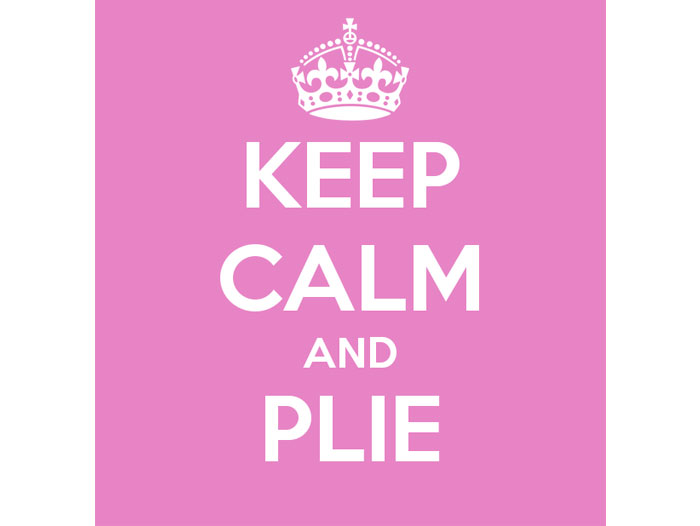Ballerina Blog
Information & insights for graceful living.

The 7 Movements of Dancing
February 5, 2015[et_pb_section admin_label=”Section” fullwidth=”off” specialty=”off”][et_pb_row admin_label=”Row”][et_pb_column type=”4_4″][et_pb_text admin_label=”post copy” background_layout=”light” text_orientation=”left” use_border_color=”off” border_color=”#ffffff” border_style=”solid” text_font_size=”16″]
Ballet is often regarded as the most precise and difficult dance form in western culture. Though ballet includes hundreds of specific steps, the technique is based upon seven fundamental movements of the body. Ballet terms are French (a few are Italian) because the French were the first to codify ballet technique. The Académie Royale de L’Danse was formed in Paris in 1661 by Louis XIV to teach courtiers to dance and prepare ballets for the court. Below are the seven movements that provide the basis of ballet pedagogy.
- Plier [plee-AY] means “to bend” and describes the bending of the knees. Pliés are typically the first exercise performed at the barre. The plié is the single most

pliè in first position important step in ballet because it allows the knees and ankles to absorb the force of the movements in a fluid, spring-like way that makes dancing look elegant and effortless.
- Étendre [ay-TAHN-druh] means “to stretch” and describes the stretching of the toe, ankle, and knee, resulting in the ballet aesthetic of a straight leg with a pointed toe. Tendu [tahn-DEW] or “stretched” exercises typically follow pliés and are critical for developing foot and leg strength.
- Glisser [glee-SAY] means “to glide” and describes the sliding movement of the feet against the floor. Just like ice-skating, a smooth brushing of the foot propels the leg smoothly into extension and off of the ground.
- Relever [ruhl-VAY] means “to rise” and describes the lifting of the heels off the ground to balance on the ball of the foot. Women may also rise to the tips of their toes if they are wearing pointe shoes. Relevés build strength in the entire body but especially the foot, ankle, and calf muscles. A beautifully executed relevé can produce the effect of floating.

- Sauter [soh-TAY] means “to jump” and is the natural progression from the relevé. The dancer pushes off from plié into the air, leaving the floor with pointed toes and extended legs. But the truly difficult part of a sauté is landing softly and quietly, which takes tremendous strength and control (and years!) to master.
- Tourner [toor-NAY] means “to turn around” and describes any turning of the body. Turns can be done in place, across the floor, or in the air. A pirouette (whirl or spin) is done on one leg.

pirouette sur les pointes
- Élancer [ay-lahn-SAY] means “to dart.” Movements done élancé are done in a darting manner along or just above the surface of the floor with strongly stretched legs and pointed toes. This term most often relates to jumping along rather than up.
This short list leaves out one of the most iconic qualities of ballet movement—the beautifully slow and sustained grace of the adagio. Ad agio is an Italian term that means “at ease.” In ballet, an adagio is the opening of a classical pas de deux. It also describes a set of slow and fluid movements, usually balancing for periods of time on one leg. In reality, slow moving grace is anything but easy! Yet practicing the seven movements described above build the necessary strength, coordination, and control to move fluidly at any tempo. So the next time you think that learning ballet is like drinking from a fire hose, it may help to remember that you’re really working towards perfecting the seven movements.
Happy Dancing!
Tiekka
[/et_pb_text][et_pb_divider admin_label=”Divider” color=”#cccccc” show_divider=”on” divider_style=”solid” divider_position=”top” hide_on_mobile=”on”] [/et_pb_divider][et_pb_signup admin_label=”Email Optin” provider=”mailchimp” mailchimp_list=”118c17a147″ aweber_list=”none” title=”Everyday Ballet In Your Inbox!” button_text=”Subscribe Today!” use_background_color=”on” background_color=”#f986a5″ background_layout=”dark” text_orientation=”left” use_focus_border_color=”off” use_border_color=”off” border_color=”#ffffff” border_style=”solid” custom_button=”off” button_letter_spacing=”0″ button_use_icon=”default” button_icon_placement=”right” button_on_hover=”on” button_letter_spacing_hover=”0″ body_font_size=”17″ saved_tabs=”all”]
Subscribe to the Everyday Ballet newsletter and get weekly free EDB workouts, tips, nutritional advice and style-counsel from Everyday Ballet.
[/et_pb_signup][/et_pb_column][/et_pb_row][/et_pb_section]


